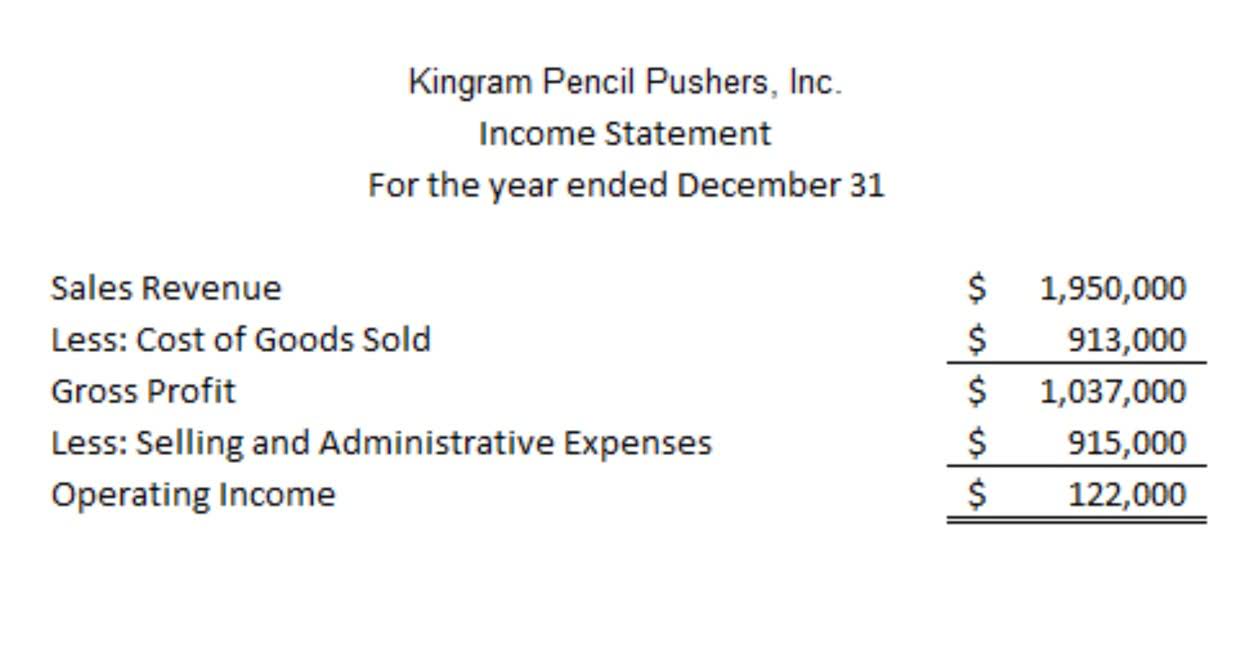
However, Accounts Receivable will decrease whenever a customer pays some of the amount owed to the company. Therefore the balance in Accounts Receivable might be approximately the amount of one month’s sales, if the company allows customers to pay their invoices in 30 days. Under the accrual basis of accounting, expenses are matched with revenues on the income statement when the expenses expire or title has transferred to the buyer, rather than at the time when expenses are paid. When the exact value of an item cannot be easily identified, accountants must make estimates, which are also considered adjusting journal entries. Taking into account the estimates for non-cash items, a company can better track all of its revenues and expenses, and the financial statements reflect a more accurate financial picture of the company.
Ask Any Financial Question
The purpose of adjusting entries is to accurately assign revenues and expenses to the accounting period in which they occurred. After adjusted entries are made in your accounting journals, they are posted to the general ledger in the same way as any other accounting journal entry. There are several types of adjusting entries that can be made, with each being dependent on the type of financial activities that define your business. In this chapter, you will learn the different types of adjusting entries and how to prepare them. You will also learn the second trial balance prepared in the accounting cycle – the adjusted trial balance. Prepaid expenses refer to assets that are paid for and that are gradually used up during the accounting period.
- Accountants usually use adjusting journal entries to fix minor errors or record uncategorized transactions.
- Mr. Jeff, an owner of a small furniture manufacturing company named Azon, offers A-Z varieties of furniture.
- This concept is based on the time period principle which states that accounting records and activities can be divided into separate time periods.
- — Paul’s employee works half a pay period, so Paul accrues $500 of wages.
- This is a systematic way to prepare and post adjusting journal entries that accountants have been using for about 500 years.
Adjusting Journal Entries and Accrual Accounting

Each entry adjust income and expenses to match the current period usage. The journal entry will divide income and expenses into the amounts that were used in the current period and defer the amounts that are going to be used in the current period. Adjusting journal entries can also refer to financial reporting that corrects a mistake made earlier in the accounting period. Adjusting journal entries can also refer law firm chart of accounts to financial reporting that corrects a mistake made previously in the accounting period. A correcting journal entry fixes errors in your journal entries to simplify your bookkeeping later. You’d use this for simple errors, like recording a journal entry in the wrong account – you’d enter a correcting journal entry to signal the amount was misposted and moved to the correct account.
- Each month, accountants make adjusting entries before publishing the final version of the monthly financial statements.
- Closing entries relate exclusively with the capital side of the balance sheet.
- An asset account which is expected to have a credit balance (which is contrary to the normal debit balance of an asset account).
- It is assumed that the decrease in the amount prepaid was the amount being used or expiring during the current accounting period.
- There are also many non-cash items in accrual accounting for which the value cannot be precisely determined by the cash earned or paid, and estimates need to be made.
Accrued Expenses
The purpose of adjusting entries is to convert cash transactions into the accrual accounting method. Accrual accounting is based on the revenue recognition principle that seeks to recognize revenue in the period when it was earned, rather than the period when cash is received. For deferred revenue, the cash received is usually reported with an unearned revenue account.
The net of the asset and its related contra unearned revenue asset account is referred to as the asset’s book value or carrying value. A sorting of a company’s accounts receivables by the age of the receivables. No matter what type of accounting you use, if you have a bookkeeper, they’ll handle any and all adjusting entries for you. Not adjusting entries for one month leads to an inaccurate quarterly report. Following our year-end example of Paul’s Guitar Shop, Inc., we can see that his unadjusted trial balance needs to be adjusted for the following events. These adjustments are then made in journals and carried over to the account ledgers and accounting worksheet in the next accounting cycle step.
Step 1: Print Out the Unadjusted Trial Balance
It also helps users (lenders, employees and other stakeholders) to assess a business’s financial performance, financial position and ability to generate future Cash Flows. If the Final Accounts are prepared without considering these items, the trading results (i.e., gross profit and net profit) will be incorrect. In this situation, the accounts thus prepared will not serve any useful purpose.
- (The depreciation journal entry includes a debit to Depreciation Expense and a credit to Accumulated Depreciation, a contra asset account).
- The income statement account that is pertinent to this adjusting entry and which will be debited for $1,500 is Depreciation Expense – Equipment.
- You’ll first need the transaction date, account names, debits, credits, and descriptions of each transaction you’re recording.
- This is usually done with large purchases, like equipment, vehicles, or buildings.
- A word used by accountants to communicate that an expense has occurred and needs to be recognized on the income statement even though no payment was made.
- All adjusting entries include at least a nominal account and a real account.

For example, say you need to hire a freelancer to help you at the end of February. That skews your actual expenses because the work was contracted and completed in February. Likewise, payroll expenses are often out of sync with your business accounting ledger until afterward. This is why you need to make these adjustments to make them more accurate.

If you granted the discount, you could post an adjusting journal entry to reduce accounts receivable and revenue by $250 journalizing adjusting entries (5% of $5,000). The balance sheet reports information as of a date (a point in time). The two examples of adjusting entries have focused on expenses, but adjusting entries also involve revenues.
Remember, the matching principle indicates that expenses have to be matched with revenues as long as it is reasonable to do so. To follow this principle, adjusting journal entries are made at the end of an accounting period or any time financial statements are prepared so that we have matching revenues and expenses. According to the accrual concept of accounting, revenue is recognized in the period in which it is earned, and expenses are recognized in the period in which they are incurred. Some business transactions affect the revenues and expenses of more than one accounting period. For example, a service providing company may receive service fees from its clients for more than one period, or it may pay some of its expenses for many periods in advance.